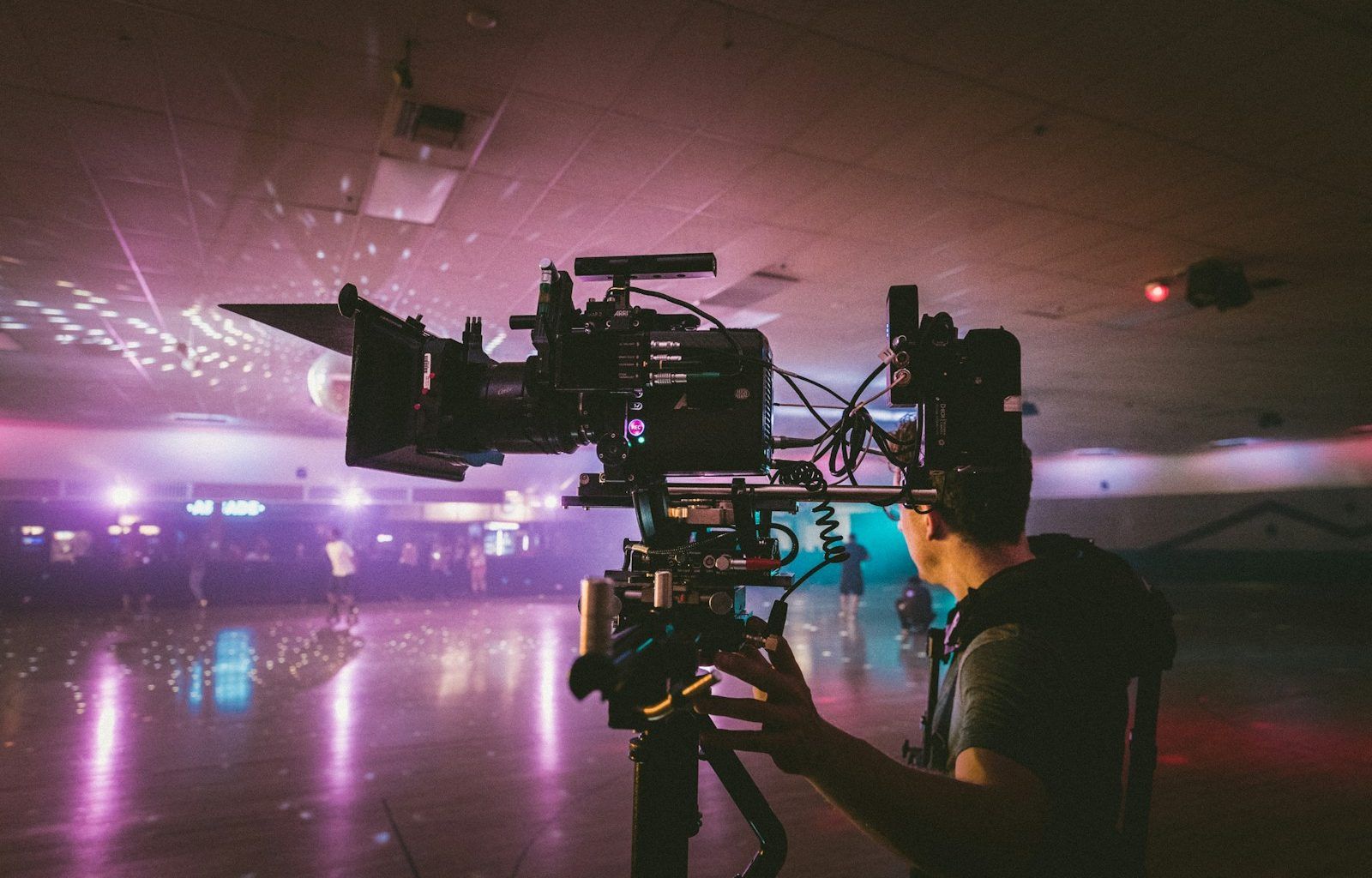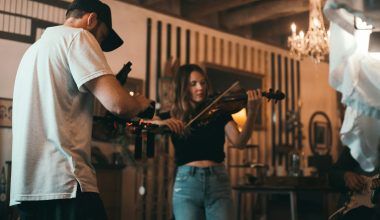Creating a music video is one of the most exciting and rewarding ways to bring music to life. It’s a unique blend of storytelling, visual art, and sound that gives an artist’s song a powerful visual companion. If you’ve ever wondered how to direct a music video, you’re in the right place. This guide will take you step-by-step through the process, sharing practical tips and personal insights to help you create something truly memorable.
Understanding the Artist’s Vision
The first step in directing a music video is understanding the artist’s vision. What do they want the video to say about their song? Are there any specific themes or emotions they want to convey? To get a clear idea, sit down with the artist and have an open conversation. Ask them about the story behind the song, their inspirations, and any visuals they already have in mind. This will help you align your direction with their expectations.
Once you’ve gathered enough input, begin brainstorming. Create a mood board or visual references that capture the essence of the song. Think about colors, locations, props, and overall aesthetics. The key here is to collaborate and ensure that the artist’s ideas are reflected in your plan.
Writing a Strong Concept
With a clear understanding of the artist’s vision, it’s time to develop a concept. The concept is the foundation of your music video. It should complement the song while also standing out as a unique visual story. Keep it simple but impactful. Overcomplicating the concept can dilute the message.
Think about how the visuals will enhance the song’s narrative or mood. For example, if the song is upbeat and fun, you might consider vibrant colors and playful scenes. If it’s melancholic, a darker, more cinematic approach might work better. Don’t be afraid to think outside the box, but always keep the song’s tone in mind.
Storyboarding Your Vision
Storyboarding is one of the most important steps in directing a music video. It helps you plan each shot, ensuring a smooth and efficient shoot. Sketch out each scene, even if you’re not an artist. You can use stick figures or basic shapes to convey your ideas. The goal is to map out the sequence of events and visualize the transitions.
While storyboarding, think about camera angles, lighting, and movement. Consider how each shot will flow into the next. This is also a good time to think about any special effects or transitions you want to include. Having a clear storyboard will save you a lot of time and stress on set.
Assembling the Right Team
Directing a music video is a collaborative effort. Surround yourself with a team that shares your vision and is passionate about the project. Key roles include a cinematographer, a producer, a lighting technician, and a production assistant. If your budget allows, consider hiring a stylist, makeup artist, and set designer as well.
Choose team members who understand the song’s mood and can bring their expertise to the table. Communication is essential. Make sure everyone knows their role and what’s expected of them. A well-coordinated team can make a huge difference in the quality of the final product.
Choosing the Perfect Location
The location can make or break your music video. It sets the tone and provides a backdrop for your story. Scout locations that match your concept and fit within your budget. Look for spaces that are visually interesting and versatile. If the song has a specific theme, such as love or rebellion, choose locations that amplify that message.
Remember to consider practical factors as well. Check for permits, accessibility, and potential noise disruptions. If you’re shooting outdoors, keep an eye on the weather forecast. Having a backup plan can save the day if things don’t go as expected.
Directing the Shoot
When the day of the shoot arrives, it’s time to bring your vision to life. Start by walking your team through the plan. Share the storyboard and explain the sequence of shots. Encourage questions and input from your team; collaboration often leads to better results.
Directing on set requires focus and flexibility. Be prepared for unexpected challenges and adapt as needed. Communicate clearly with your team and cast, ensuring everyone is on the same page. Use your storyboard as a guide but stay open to creative improvisation. Sometimes, the best moments happen spontaneously.
Pay close attention to details like lighting, camera angles, and the performance of the cast. Encourage the artist to express themselves naturally, whether they’re singing, dancing, or acting. Your job is to guide them while giving them the freedom to shine.
Editing and Post-Production
Once the shoot is complete, the magic of editing begins. This is where you’ll piece together the footage and create the final product. Start by reviewing all the raw footage and selecting the best takes. Arrange the clips in a way that flows with the song.
Editing software like Adobe Premiere Pro or Final Cut Pro is commonly used for music videos. Add transitions, color grading, and effects to enhance the visuals. Pay attention to the pacing and rhythm, ensuring the cuts align with the beat of the music. This synchronization is crucial for creating a seamless and engaging video.
If you’re working with a budget, consider hiring a professional editor. They can bring a fresh perspective and help you achieve a polished look. Remember, post-production is your chance to refine and elevate the video.
Promoting Your Music Video
Once your music video is ready, it’s time to share it with the world. Upload it to platforms like YouTube, Vimeo, and social media channels. Collaborate with the artist to promote the video through their networks. Create teasers and behind-the-scenes content to generate excitement.
Engage with the audience by responding to comments and encouraging shares. The more people interact with the video, the wider its reach will be. If possible, organize a premiere event to celebrate the release and gather feedback.
Learning and Growing
Directing a music video is a learning experience. After the project is complete, take time to reflect on what went well and what could be improved. Seek feedback from your team and the artist. Use this knowledge to grow and enhance your skills for future projects.
Every music video you direct will be a stepping stone to becoming a better filmmaker. Embrace the challenges and celebrate the successes. Remember, the most important thing is to stay true to the artist’s vision while adding your unique touch.
Final Thoughts
how to direct a music video is a rewarding journey that combines creativity, collaboration, and storytelling. By understanding the artist’s vision, crafting a strong concept, and assembling the right team, you can create a video that resonates with audiences. With each project, you’ll gain more experience and confidence, paving the way for even greater achievements.
So, the next time someone asks you how to direct a music video, you can share your expertise and inspire them to embark on their own creative adventure.
For further reading, explore these related articles:
- The Story of Kesha: A Journey of Music, Strength, and Inspiration
- Exploring the World’s Smallest Speaker: Tiny but Powerful!
For additional resources on music marketing and distribution, visit Deliver My Tune.






